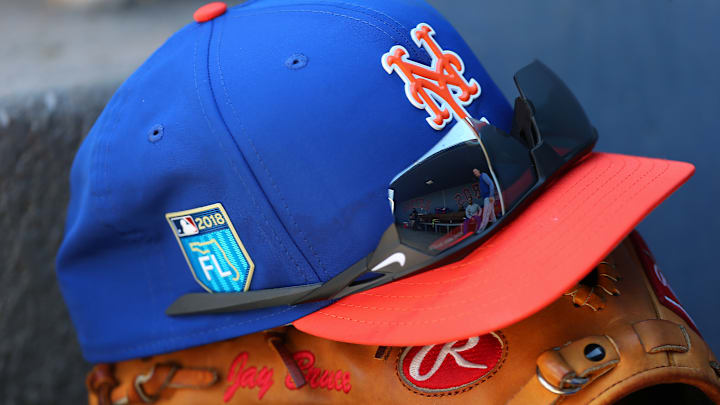
14) NY Mets Worst Trades: Heath Bell to the San Diego Padres
Another somewhat underrated bad deal in Mets history that goes up there with the Pagan move is one made involving relief pitcher Heath Bell. His career in New York was unremarkable. In parts of three seasons, he threw 108 innings and had a 4.92 ERA.
The Mets decided to move on from him after the 2006 season. Along with Royce Ring, he was traded to the San Diego Padres for Jon Adkins and Ben Johnson. Neither would have any sort of impact on the Mets franchise.
The same cannot be said about Bell in San Diego. The former amateur free agent who had once been drafted in the long-defunct 69th round of the draft way back in 1997 immediately put egg on the face of the Mets. His first year in San Diego included a career-high 93.2 innings of work and a 2.02 ERA. By 2009, he had won his way into the closer’s role.
Bell would become one of the league’s most competent closers from 2009-2011. An All-Star all three seasons with 132 total saves in that time including a league-leading 42 in 2009, it’s quite possible to say he could have helped make a difference in New York.
While his prime didn’t begin until his age 29 season and there were no real signs that he could become such a stud reliever, it doesn’t take back how bad this trade is in team history.
